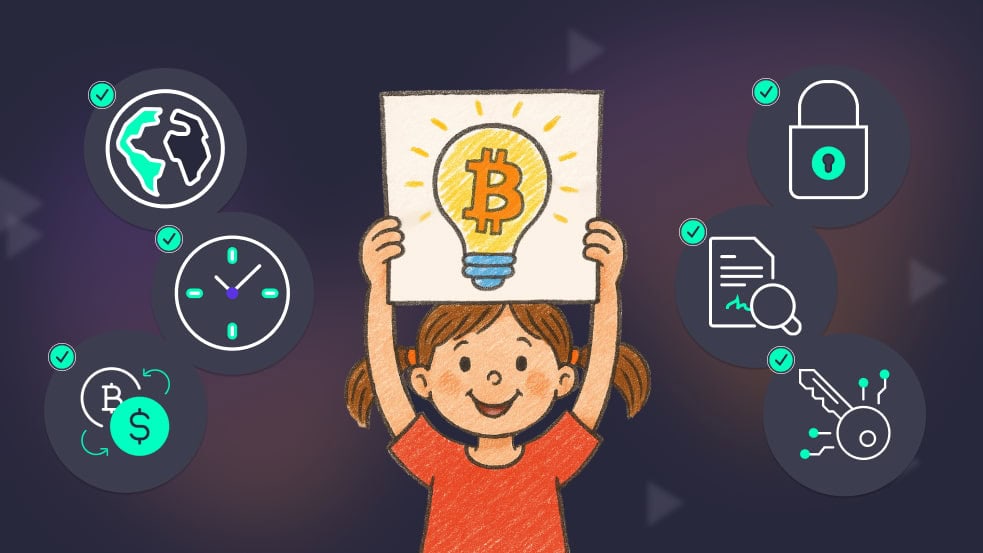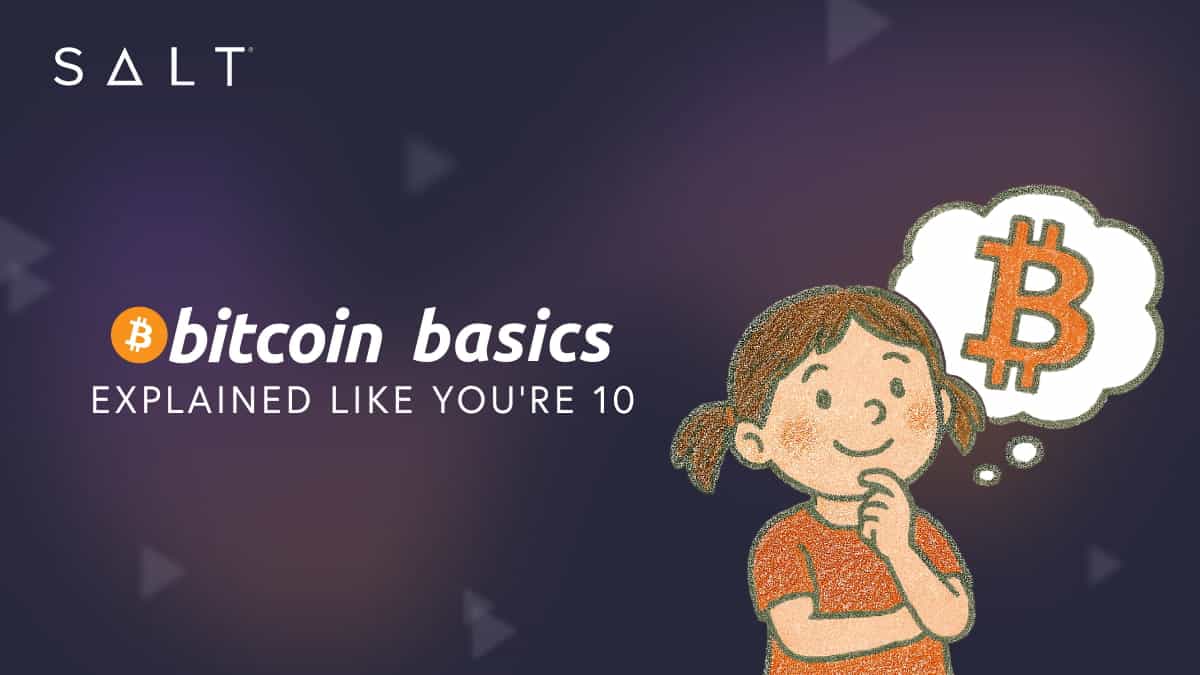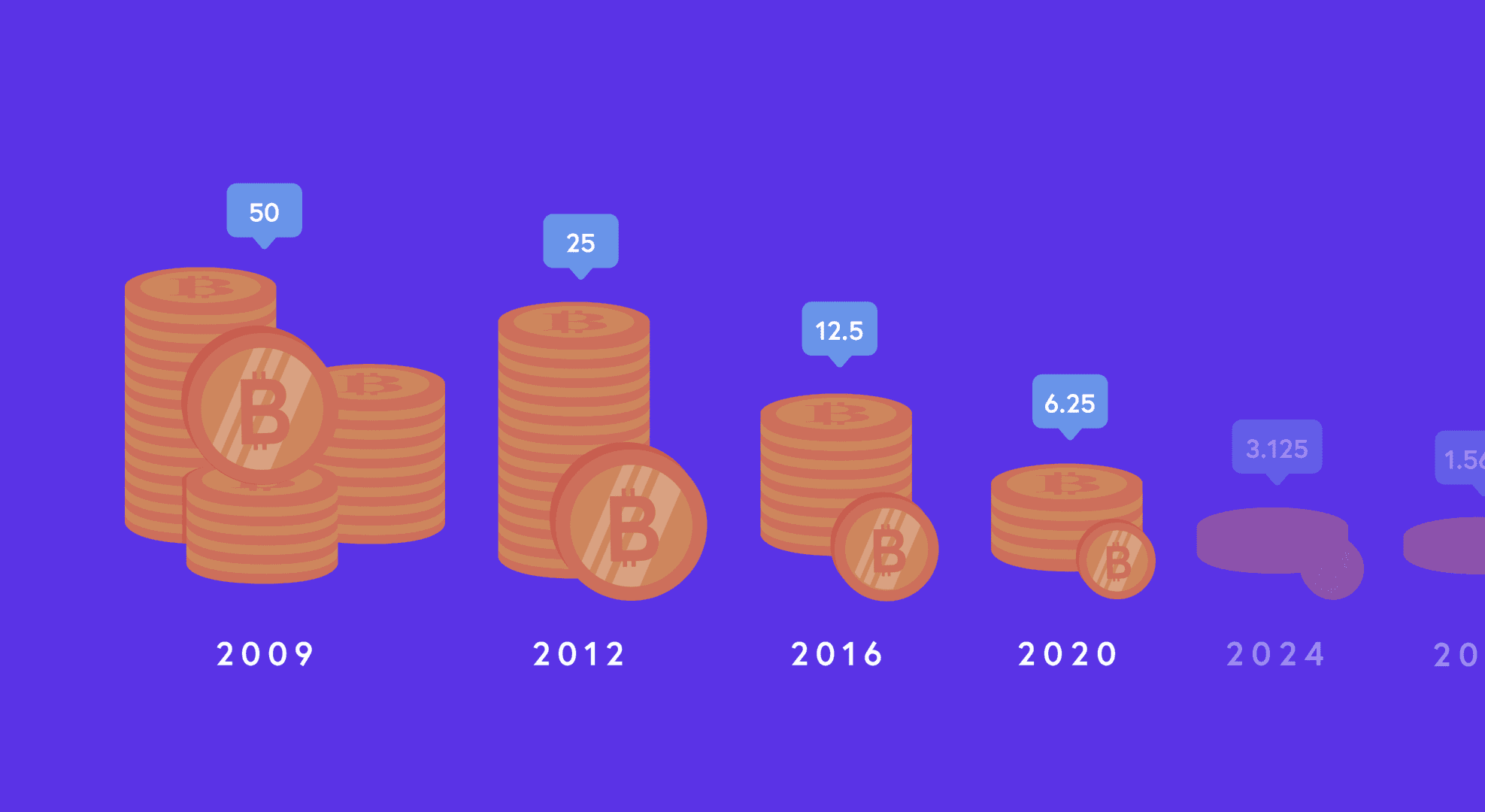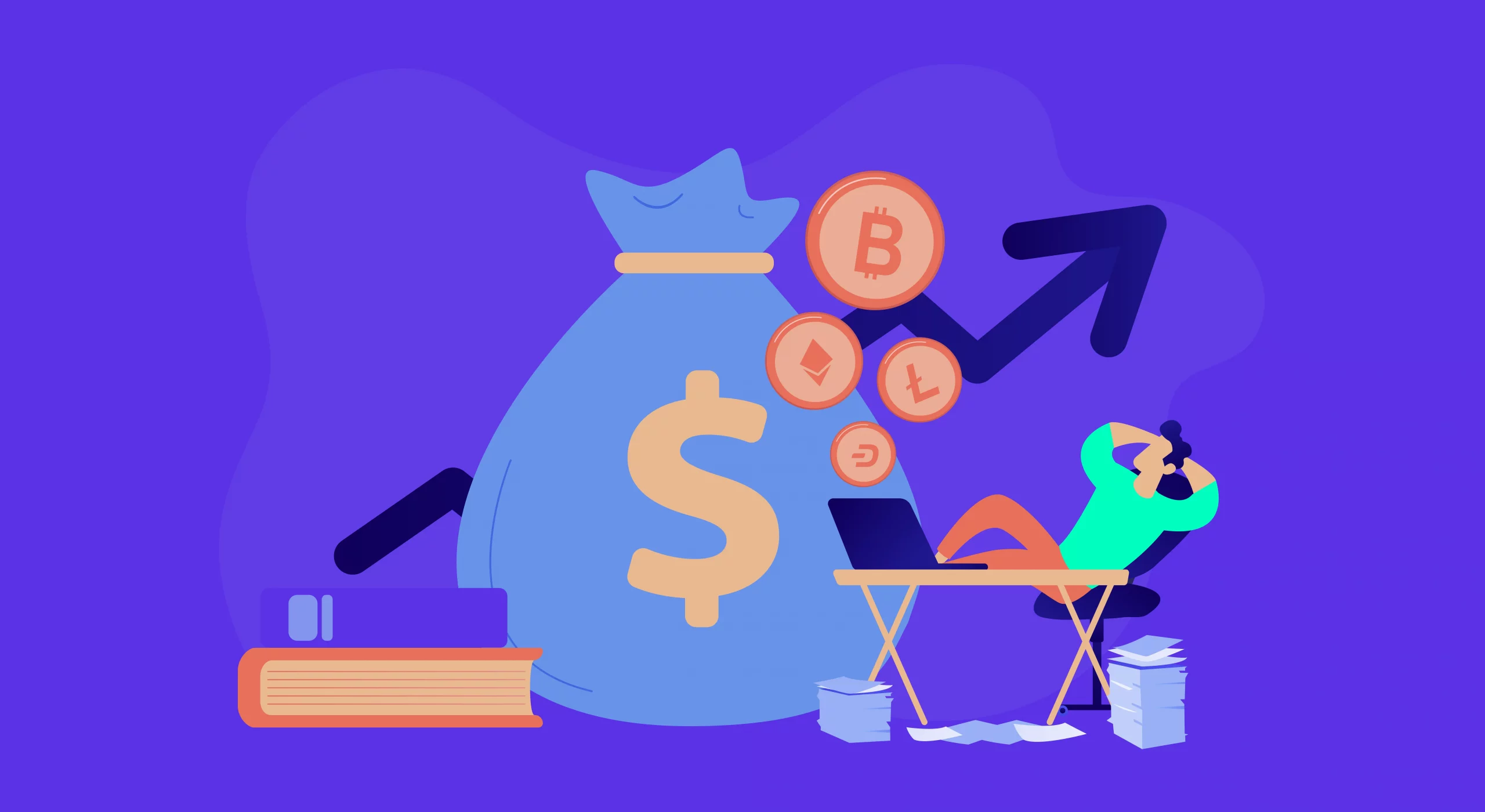Bitcoin can sound confusing, but it doesn’t have to be. If Bitcoin slang has ever left you scratching your head, this guide will make it crystal clear, so simple even a 10-year-old could get it. By the end, you’ll know more about Bitcoin than most people.
Whether you’re brand new to crypto or just want a stronger foundation, this article breaks down the basics and then goes deeper into Bitcoin’s history, technology, and real-world use cases.
What Is Money? (And Why It Matters for Bitcoin)
To understand Bitcoin, start with the basics: what is money?
Money is anything people agree to use in exchange for goods and services. To work as money, it must:
- Act as a means of exchange (easy to trade).
- Serve as a store of value (retain purchasing power over time).
- Function as a unit of account (a way to measure value).
We use money because it allows us to convert our work into goods and experiences efficiently.
But there’s a problem: fiat currencies like the U.S. dollar lose value over time because governments can print more, freeze accounts, or change laws. Inflation erodes purchasing power, making your savings worth less tomorrow than they are today.
- Since leaving the gold standard in 1971, the dollar has lost more than 85% of its purchasing power.
- U.S. inflation hit a 40-year high of 9.1% in 2022.
That’s why people turn to scarce assets like gold, silver, and now Bitcoin.
What Is Bitcoin?
Bitcoin is digital money that runs on a decentralized network.
- No banks or middlemen.
- No government control.
- No unlimited printing.
Launched in 2009 by an anonymous creator known as Satoshi Nakamoto, Bitcoin was introduced in a whitepaper titled “Bitcoin: A Peer-to-Peer Electronic Cash System.”
Bitcoin was designed as money for the internet, secure, borderless, and resistant to inflation. Unlike Venmo or PayPal, it doesn’t require permission from a bank or government. Anyone, anywhere, can use it.
The Blockchain Explained Simply
Behind Bitcoin is the blockchain, a transparent and tamper-proof digital ledger.
Think of it like this:
- A bank keeps a secret log of all transactions. They can delay, edit, or block them.
- Blockchain is like a giant public notebook, where every transaction is written in permanent ink for everyone to see.
This means:
- No reversals or chargebacks, once a transaction is confirmed, it can’t be undone.
- No central authority, honesty is enforced by code and mathematics.
- Global transparency, anyone can verify the ledger.
The blockchain makes Bitcoin trustless: you don’t need to trust a bank, because the system itself guarantees fairness.
Why Bitcoin Is Valuable
Bitcoin gets its value from four key traits:
- Scarcity: Only 21 million Bitcoin will ever exist. As of 2025, more than 19.7 million are already mined. The last Bitcoin will be mined around 2140.
- Security: Thousands of computers around the world verify every transaction. In its 15-year history, the Bitcoin network itself has never been hacked.
- Portability: You can send Bitcoin across the globe as easily as sending an email.
- Divisibility: Each Bitcoin is divisible into 100 million units, called Satoshis, allowing transactions as small as a few cents.
Bitcoin Mining and Halving
New Bitcoin enters circulation through a process called mining:
- Specialized computers (mining rigs) solve complex math problems to confirm transactions.
- The winning miner adds a “block” to the blockchain and earns newly created Bitcoin as a reward.
Originally, miners earned 50 Bitcoin per block. But every four years, the reward is cut in half, a process called the halving.
- In 2020, the reward dropped from 12.5 BTC to 6.25 BTC.
- In 2024, it dropped again to 3.125 BTC.
- By design, halving events make Bitcoin scarcer over time.
This predictable supply schedule is one reason Bitcoin is often called digital gold.
Why Does Bitcoin’s Price Fluctuate?
Bitcoin’s price is driven by supply and demand.
- Short-term: prices move with investor sentiment, similar to stocks.
- Long-term: prices trend upward due to fixed supply and growing adoption.
For example looking at bitcoin price history:
- In 2010, Bitcoin was worth less than one cent.
- By 2011, it passed $1.
- In late 2017, it hit nearly $20,000.
- In November 2021, it peaked just shy of $67,000.
- On August 13, 2025 Bitcoin hit a new all time high of $124,290.
- On October 6th, 2025 – Bitcoin hits another new All Time High of $126,210.50
While sometimes volatile in the short-term, Bitcoin has consistently outperformed inflation and traditional savings over longer periods.
How to Buy Bitcoin
You don’t need to buy an entire Bitcoin. You can purchase small fractions, even $5 worth, through:
- Exchanges like Coinbase, Binance, or OKX
- Peer-to-peer marketplaces
- Bitcoin ATMs in major cities
All you need is a device and an internet connection.
How to Store Bitcoin
When you buy Bitcoin, it lives in a wallet, which stores your private keys. Think of a private key as a digital password that proves ownership.
Types of wallets:
- Mobile wallets: apps on your phone.
- Web wallets: accessed through a browser.
- Hardware wallets: physical USB-like devices, considered the most secure.
Security tips:
- Never share your private keys.
- Use two-factor authentication.
- Stick to trusted providers.
Is Bitcoin Safe?
Bitcoin itself is highly secure:
- Decentralized across thousands of nodes worldwide.
- Immutable record of transactions.
- Protected by cryptography and computing power.
But user mistakes can cause losses. Scams, phishing, and fake wallets are common threats. That’s why education and safe storage practices are essential.
Why People Value Bitcoin
Bitcoin is increasingly seen as:
- An investment vehicle, with long-term appreciation potential.
- A store of value, similar to gold.
- A medium of exchange, for cross-border payments and purchases.
- A hedge against inflation, because it can’t be debased.
Institutional investors, hedge funds, and even publicly traded companies (like Tesla) have added Bitcoin to their balance sheets.
Using Bitcoin in the Real World
Bitcoin isn’t just an investment. Today you can:
- Buy goods and services (Microsoft, AT&T, and Expedia accept Bitcoin).
- Donate to charities worldwide.
- Send remittances quickly and cheaply.
- Load a Bitcoin debit card to spend at retailers.
- Even buy a ticket to space with Virgin Galactic.
In 2010, a programmer named Laszlo Hanyecz made the first real-world Bitcoin purchase, two pizzas for 10,000 BTC. At today’s prices, that order would be worth over a billion dollars.
Key Benefits of Bitcoin

- Global: Anyone with internet access can use it.
- Open 24/7: No banking hours, no delays.
- Irreversible: No chargebacks, reducing fraud risk.
- Private: You don’t need to share personal info to transact.
- Transparent: Every transaction is public and verifiable.
- Permissionless: No gatekeepers, no approvals needed.
Bitcoin and Lending: A Smarter Way to Use Your BTC
Traditionally, if you needed cash, you had to sell your Bitcoin, giving up potential future gains.
With Bitcoin-backed loans from SALT Lending, you can:
- Borrow against your Bitcoin without selling.
- Access liquidity while maintaining long-term exposure.
- Put your digital gold to work for you.
It’s a powerful way to manage wealth, protecting your upside while meeting today’s financial needs.
Bitcoin is reshaping how the world thinks about value
Bitcoin is money built for the internet age, scarce, borderless, and secure. From its origins in 2009 to its adoption by major institutions, it’s become much more than a niche experiment.
Whether you see it as an investment, a hedge, or a way to move money globally, Bitcoin is reshaping how the world thinks about value.
At SALT Lending, we make Bitcoin simple, not just to understand, but to use strategically. With Bitcoin-backed loans, you can access cash today without selling your long-term wealth.
Key Takeaways on Understanding Bitcoin
- Bitcoin is digital money, capped at 21 million coins.
- The blockchain is a transparent, tamper-proof ledger.
- Bitcoin is scarce, secure, and globally accessible.
- You can buy fractions of Bitcoin and store them safely in wallets.
- Mining and halving events control new supply.
- Bitcoin is “digital gold”, a hedge against inflation and a long-term store of value.
- With SALT Lending, you can borrow against your Bitcoin without selling it.
If you own Bitcoin and are ready to put it to work for you, follow this link to Learn more about Bitcoin-backed loans with SALT Lending.









